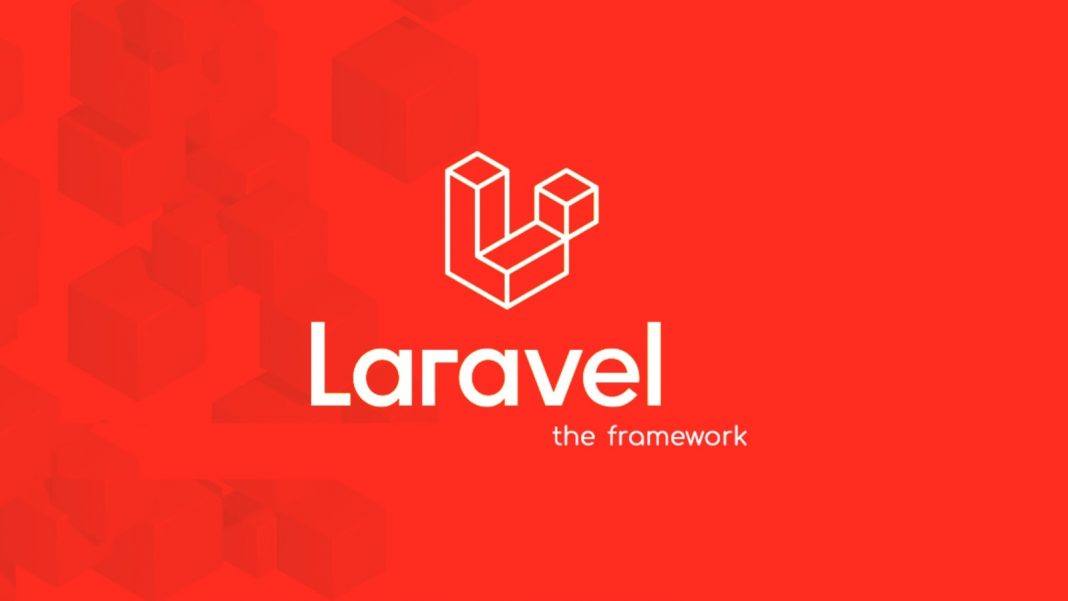Is Laravel overrated?
Over the last seven years, I’ve been a fully fledged software developer, my primary focus being web applications.
Some of my job was to move away from the old architecture based on PHP and server-side HTML generation, and transition to REST API.
With the old approach, back-end developers were expected to know a lot about the UI and visual aspects of applications. Because of this, they had to pay attention to different segments of the application, instead of focusing on their primary objective. Having the back-end API strictly separated from the UI allowed developers to focus on the code quality.
Enter Laravel..
I used Laravel for about half a year before deciding to choose it as the platform for my next projects. The projects were a great success and this article is a product of this experience. Now I am able to call myself a Laravel developer.
Laravel, besides being open source (I can edit the source code, add and remove stuff), is favorable for me for several other reasons:
- Quick and functional core that can be extended
- Clean and simple routing
- Effective ORM and database layer
- Easy integration with third-party libraries (AWS, export libs, etc.). You can use Composer or Packagist to include libraries in your project
- Active and growing community that can provide quick support and answers
- Supporting unit tests out of the box
- Async queue and background jobs for the long running tasks
I have been using the framework for more that 14 months. In this duration, I have not been able to find a relatively competitive web framework.
As with any technology, there were some teething problems, but I believe that learning Laravel has convinved me that it is an amazing framework. There are a few more things that I haven’t mentioned in this Laravel tutorial, but if you are interested in learning more, you may want to consider these points and features:
- Powerful model for subscribing and listening to application events.
- Support for Amazon SDK aws/aws-sdk-php.
- Caching.
- Own templating engine called Blade, if you like building the application “the old way” without RESTful backend and UI separation.
- Simple configuration.
- Built-in Stripe billing module.
- Out of the box localization.
- Catching and handling most errors.
Good luck and stay tuned, Laravel is a promising framework and I believe it will be around for years to come.
As with any technology, there were some teething problems, but I believe that learning Laravel has convinved me that it is an amazing framework. There are a few more things that I haven’t mentioned in this Laravel tutorial, but if you are interested in learning more, you may want to consider these points and features:
- Powerful model for subscribing and listening to application events.
- Support for Amazon SDK aws/aws-sdk-php.
- Caching.
- Own templating engine called Blade, if you like building the application “the old way” without RESTful backend and UI separation.
- Simple configuration.
- Built-in Stripe billing module.
- Out of the box localization.
- Catching and handling most errors.
Good luck and stay tuned, Laravel is a promising framework and I believe it will be around for years to come.
As with any technology, there were some teething problems, but I believe that learning Laravel has convinved me that it is an amazing framework. There are a few more things that I haven’t mentioned in this Laravel tutorial, but if you are interested in learning more, you may want to consider these points and features:
- Powerful model for subscribing and listening to application events.
- Support for Amazon SDK aws/aws-sdk-php.
- Caching.
- Own templating engine called Blade, if you like building the application “the old way” without RESTful backend and UI separation.
- Simple configuration.
- Built-in Stripe billing module.
- Out of the box localization.
- Catching and handling most errors.
Good luck and stay tuned, Laravel is a promising framework and I believe it will be around for years to come.
The Laravel website, http://www.laravel.com offers more on this amazing framework.



